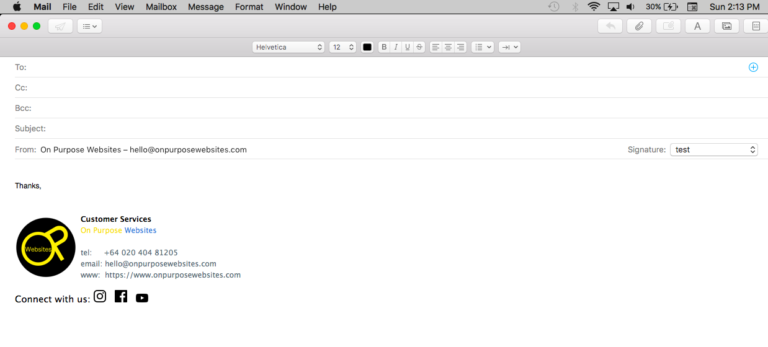
With the hard work of editing system configuration files out of the way, navigate to Finder and unmount the drive. Make sure to replace drivename with the name of the drive. The drive's name should contain no spaces, as adding a space to the configuration file would tell your Mac to interpret whatever's after that space as a separate command.įinally, press Control-O to save the file and Control-X to exit nano. LABEL= drivename none ntfs rw,auto,nobrowse It's a system configuration file that's responsible for the drives and partitions connected to the Mac. The file that you'll edit is called stab.

The program is called nano and it's the text editor that's built into Terminal. When you're finished typing your password, you'll be brought to a program that looks like something out of the 80's. If you've never used Terminal before, it might come as a surprise that when entering a password, rather than showing what you're typing Terminal will show nothing at all.
#Mac os x terminal filenames with spaces password#
That means you're going to need to enter the administrator password and press Enter. The sudo command is telling Terminal that you'd like to be granted administrator access to the command line. For whatever reason, though, it's an option that Apple has chosen to hide from the sight of the average user. What this means for you is that in order to enable writing to an NTFS drive, you're going to need to dive into Terminal which is located within the Utilities folder.

Writing to NTFS drives is a functionality that's been built into OS X for some time.
#Mac os x terminal filenames with spaces how to#
How to Write to NTFS Drives in OS X Mavericks


 0 kommentar(er)
0 kommentar(er)
